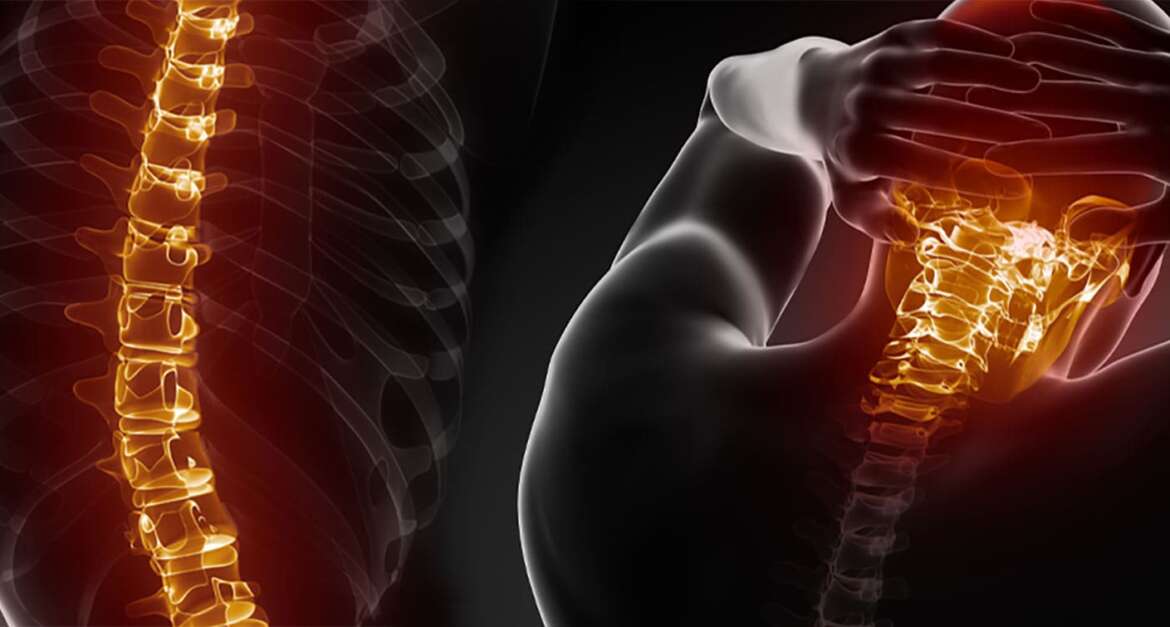Neck, Spine & Back Care: Comprehensive Solutions for a Pain-Free Life
The neck spine and back play a critical role in supporting our body, enabling movement, and protecting the nervous system. When issues arise in these areas, they can significantly affect quality of life. Our orthopaedic specialists are committed to diagnosing, treating, and helping you recover from various spinal conditions to restore function and alleviate pain.
Common Neck, Spine & Back Conditions
-
Herniated Disc (Slipped Disc)
- A herniated disc occurs when one of the discs in the spine bulges or ruptures, pressing on nearby nerves. This can lead to back or neck pain, numbness, or weakness in the arms or legs.
- Treatment may include rest, physical therapy, medications, or, in severe cases, surgery.
-
Degenerative Disc Disease
- Over time, the discs in the spine naturally wear down, which can cause pain, stiffness, and discomfort, particularly in the neck or lower back. If you’re suffering from joint or bone pain, consulting a trusted orthopaedic doctor can help you get the right diagnosis and effective treatment.
- Non-surgical treatments like physical therapy, pain management, and lifestyle changes are often effective. Surgery may be considered if symptoms do not improve.
-
Spinal Stenosis
- Spinal stenosis occurs when the spaces within the spine narrow, putting pressure on the spinal cord or nerves.
- Symptoms can include pain, numbness, and weakness in the legs, neck, or back. Treatment may involve physical therapy, medications, or surgery to relieve pressure on the nerves.
-
Sciatica
- Sciatica is characterised by pain that radiates from the lower back down one leg, often caused by a herniated disc or spinal stenosis.
- Conservative treatments, such as physical therapy, medications, and lifestyle changes, are typically effective for relieving symptoms.
-
Scoliosis
- Scoliosis is an abnormal curvature of the spine that often develops during adolescence but can affect adults as well.
- Depending on the severity of the curvature, treatment options can range from monitoring and bracing to surgery for severe cases.
-
Whiplash and Neck Injuries
- Whiplash is a neck injury caused by sudden, forceful movements, commonly from car accidents. It can lead to pain, stiffness, and headaches.
- Treatment may include rest, physical therapy, medications, and, in some cases, injections or surgery.
-
Spinal Fractures
- A spinal fracture can occur due to trauma, osteoporosis, or other underlying conditions. It can cause intense pain and limit mobility.
- Treatment may involve bracing, physical therapy, or surgical interventions, depending on the severity of the fracture.
Treatment Options for Neck Spine and Back Conditions
-
Non-Surgical Treatments
- Physical Therapy: Tailored exercises and stretches designed to strengthen muscles, improve flexibility, and alleviate pain.
- Medications: Pain relievers, anti-inflammatory drugs, and muscle relaxants can help manage symptoms.
- Epidural Steroid Injections: Injections of corticosteroids into the spinal area can help reduce inflammation and provide temporary pain relief.
- Chiropractic Care: Spinal manipulation may help restore proper alignment and reduce discomfort in some cases.
-
Surgical Treatments
- If conservative treatments do not provide relief, surgery may be required to address severe conditions like herniated discs, spinal stenosis, or fractures.
- Some common spinal surgeries include:
- Discectomy: Removal of a herniated disc.
- Spinal Fusion: Fusing two or more vertebrae to stabilise the spine.
- Laminectomy: Removal of part of the vertebrae to relieve pressure on the spinal cord or nerves.
- Artificial Disc Replacement: Replacing a damaged disc with an artificial one to maintain motion and flexibility.
-
Minimally Invasive Surgery
- In many cases, spinal surgeries can be performed using minimally invasive techniques, which require smaller incisions and result in shorter recovery times.
Prevention and Lifestyle Tips
Preventing neck, spine, and back issues is often possible with proper posture, exercise, and ergonomic adjustments. Here are some tips to help you maintain a healthy spine:
- Maintain Proper Posture: Be mindful of how you sit, stand, and sleep. Proper posture helps reduce stress on the spine.
- Exercise Regularly: Strengthening the muscles around your spine helps provide better support. Activities like yoga, swimming, and walking are excellent for spinal health.
- Lift Properly: Use your legs, not your back, when lifting heavy objects to prevent strain.
- Stay Active: Avoid prolonged periods of sitting. Take breaks to move and stretch.
- Maintain a Healthy Weight: Excess weight can strain the back and spine, so maintaining a healthy weight is key to preventing back pain.
When to Seek Help
If you’re experiencing any of the following symptoms, it’s important to seek help from an orthopaedic specialist:
- Persistent neck, back, or leg pain that doesn’t improve with rest
- Numbness, tingling, or weakness in the limbs
- Difficulty walking or maintaining balance
- Sudden, severe back pain after injury or trauma
- Loss of bowel or bladder control
Your Path to Relief and Recovery
At our clinic, we understand that neck, spine, and back issues can be debilitating. Our expert orthopaedic team is here to provide a comprehensive approach to diagnosis and treatment, helping you find relief and restore function. Whether your condition requires conservative care or surgical intervention, we’re committed to guiding you through every step of your recovery journey.
Contact Us Today to Schedule a Consultation
If you’re struggling with neck, spine, or back pain, don’t wait any longer. Our experienced specialists are here to help you get back to a pain-free, active lifestyle. Reach out today to schedule a consultation and take the first step toward recovery.
Call or mail Us Today


